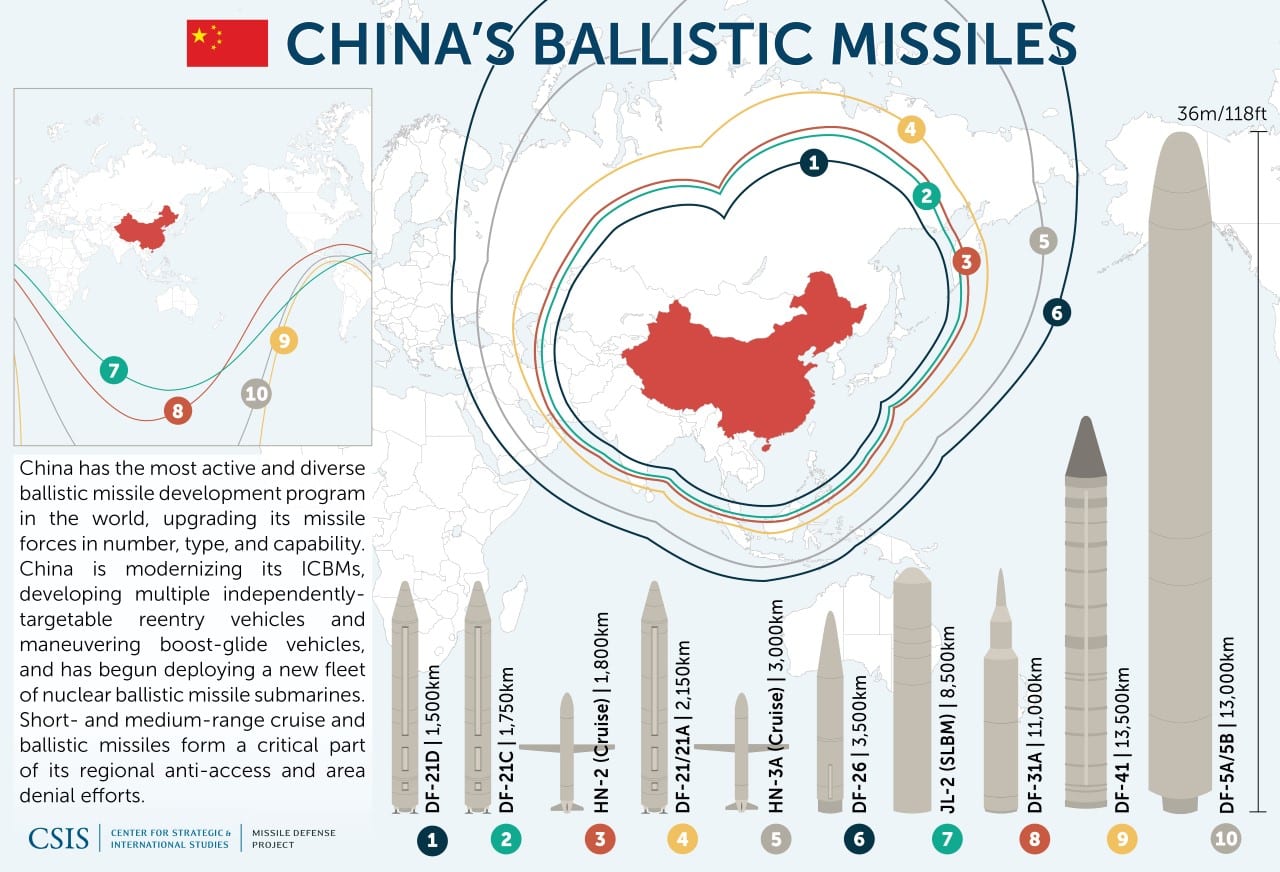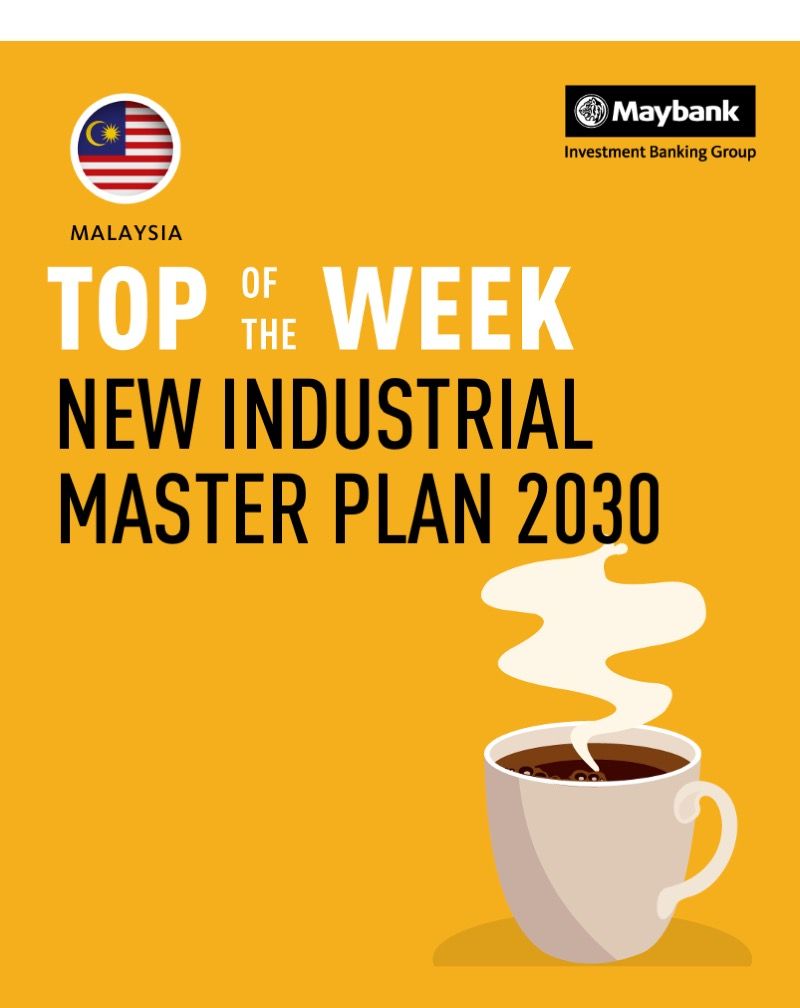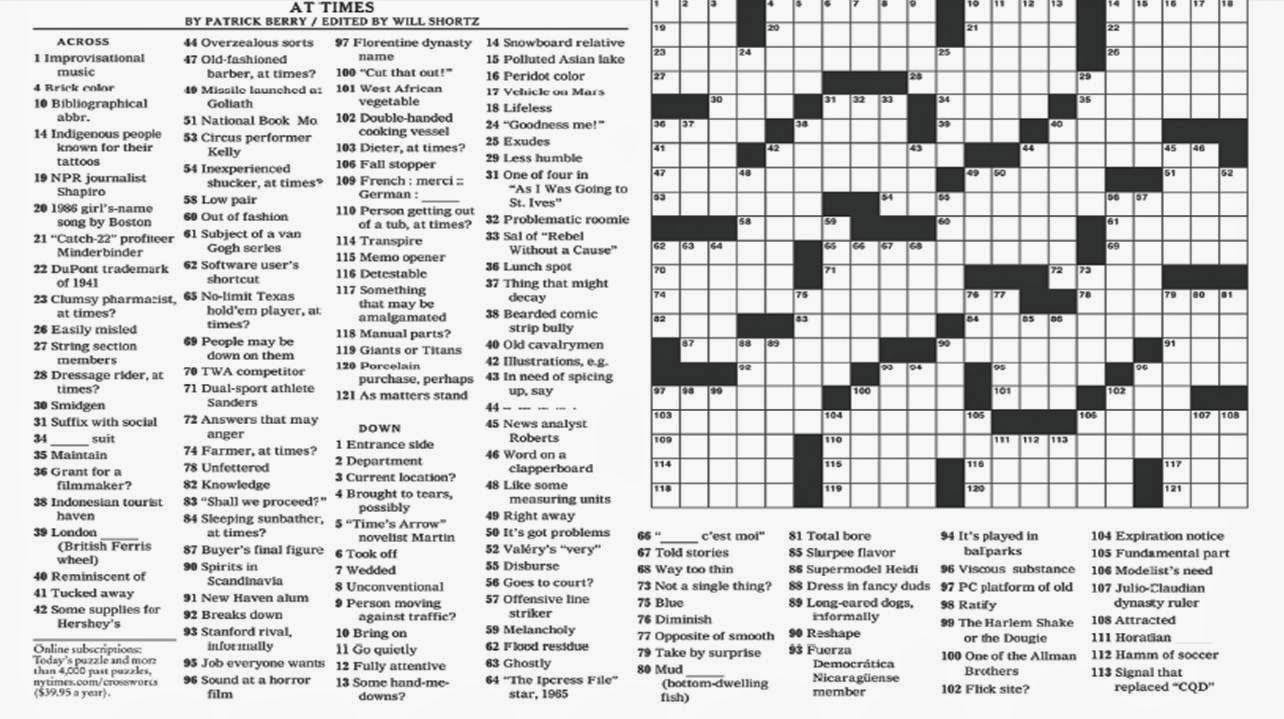The US Missile Launcher And The Growing China-US Tensions

Table of Contents
Recent joint military exercises by China near Taiwan, coupled with increasingly assertive rhetoric from Beijing, have once again thrust the issue of regional security into the global spotlight. This heightened tension underscores the critical role of the US missile launcher in the complex geopolitical landscape of the Indo-Pacific. This article will explore the strategic implications of US missile launcher deployments, China's military modernization, diplomatic efforts to de-escalate tensions, and the broader economic and political ramifications of this escalating rivalry.
<h2>The Strategic Importance of US Missile Launchers in the Indo-Pacific</h2>
The geographical distribution of US missile launchers across the Indo-Pacific region is a key component of the US's strategic posture. These deployments serve a dual purpose: deterrence and defense. The presence of these advanced systems aims to dissuade potential aggressors while simultaneously providing a robust defensive capability against ballistic and cruise missile threats.
US missile launcher deployments utilize both land-based and sea-based systems, offering a layered approach to defense. This strategic flexibility allows for adaptability in response to evolving threats.
- Specific examples: THAAD (Terminal High Altitude Area Defense) systems are deployed in South Korea, providing protection against North Korean missiles. Aegis Ashore systems are also strategically located to counter missile threats. Furthermore, the US Navy's cruisers and destroyers equipped with advanced missile defense systems provide a mobile and powerful sea-based deterrent.
- Missile systems involved: Beyond THAAD, the Patriot missile system remains a cornerstone of US regional defense, offering a robust short-to-medium-range capability. The continued development and deployment of cutting-edge interceptor missiles further enhance the capabilities of these launchers.
- Technological advancements: Continuous technological advancements in US missile launcher technology include improved radar systems, enhanced targeting capabilities, and more sophisticated interceptor missiles. These advancements aim to maintain a technological edge over potential adversaries.
<h2>China's Military Modernization and the Missile Arms Race</h2>
China's rapid military modernization, particularly its advancements in missile technology, is a significant driver of rising tensions. Beijing's focus on developing a wide range of ballistic and cruise missiles, coupled with its pursuit of anti-access/area denial (A2/AD) strategies, directly challenges the US military presence in the region.
This aggressive military expansion contributes significantly to the escalating arms race. The development of increasingly sophisticated and accurate missiles directly challenges the capabilities of existing US missile defense systems.
- Specific Chinese missile systems: China possesses a diverse arsenal of ballistic and cruise missiles, including the DF-21D (anti-ship ballistic missile) and various other systems capable of reaching targets across the Indo-Pacific region.
- A2/AD strategies: China’s A2/AD strategy aims to restrict US military access and freedom of operation within specific geographical areas, challenging the US Navy's dominance in the region.
- China’s response to US deployments: China views US missile launcher deployments as a direct threat and has responded with its own military build-up and increasingly assertive actions in the region.
<h2>The Role of Diplomacy and De-escalation Efforts</h2>
Despite the escalating tensions, diplomatic efforts to manage the situation continue. However, the effectiveness of existing arms control treaties and agreements remains limited in the face of China's rapid military expansion. Open communication and dialogue are crucial to de-escalating the situation.
- Diplomatic initiatives: Various bilateral and multilateral dialogues between the US and China aim to address concerns over military deployments and arms control. However, these efforts often yield limited progress due to fundamental disagreements on security strategies.
- Potential for future arms control agreements: The possibility of future arms control agreements remains uncertain, given the deep mistrust between the two nations and the differing security priorities.
- Role of international organizations: International organizations like the UN play a limited role in mediating the conflict, largely due to the complexities of the geopolitical situation and the lack of a consensus-based approach.
<h2>Economic and Political Ramifications of the Rising Tensions</h2>
The escalating tensions between the US and China have far-reaching economic and political consequences. The potential for miscalculation or escalation poses a significant threat to regional and global stability.
- Impact on global trade: The tensions disrupt global supply chains and hinder economic growth, affecting industries worldwide.
- Effect on regional alliances: The escalating rivalry strains regional alliances and partnerships, forcing countries to choose sides or adopt a more neutral stance.
- Potential for miscalculation: Miscalculation or accidental escalation remains a grave concern, given the sensitive nature of military deployments and the potential for unintended consequences.
<h2>Conclusion: Understanding the US Missile Launcher and its Impact on China-US Relations</h2>
The role of the US missile launcher in the escalating tensions between the US and China is undeniable. Its strategic deployment in the Indo-Pacific is a key element of US defense strategy, but it also contributes to the growing arms race and heightened regional instability. While diplomatic efforts to de-escalate the situation continue, the success of these initiatives remains uncertain. The economic and political implications of this rivalry are profound, impacting global trade, regional alliances, and the overall security architecture of the Indo-Pacific. Stay informed about the latest developments surrounding US missile launchers and their impact on China-US relations. Further research into the complexities of this geopolitical issue is crucial for a comprehensive understanding.

Featured Posts
-
 Jennifer Lawrences Second Baby A Look At Her Growing Family
May 20, 2025
Jennifer Lawrences Second Baby A Look At Her Growing Family
May 20, 2025 -
 Maybanks Role In 545 Million Economic Zone Investment
May 20, 2025
Maybanks Role In 545 Million Economic Zone Investment
May 20, 2025 -
 March 16 2025 Nyt Mini Crossword Solutions And Clues
May 20, 2025
March 16 2025 Nyt Mini Crossword Solutions And Clues
May 20, 2025 -
 Moeder Voor De Tweede Keer Jennifer Lawrence Verwelkomt Baby
May 20, 2025
Moeder Voor De Tweede Keer Jennifer Lawrence Verwelkomt Baby
May 20, 2025 -
 Tqnyat Aldhkae Alastnaey Tmnh Aghatha Krysty Hyat Jdydt
May 20, 2025
Tqnyat Aldhkae Alastnaey Tmnh Aghatha Krysty Hyat Jdydt
May 20, 2025
